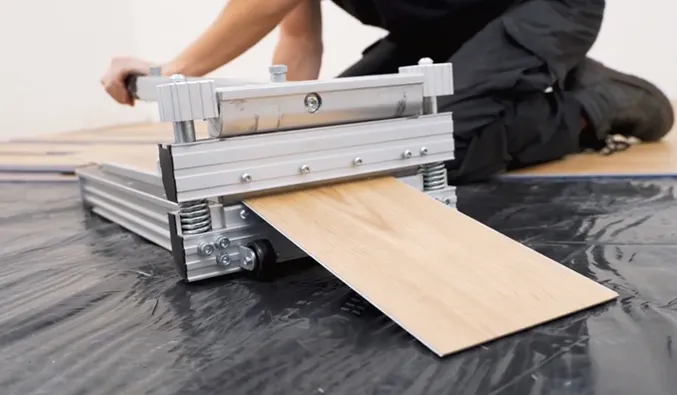Stylish and Affordable Small Skirting Board Ideas for Modern Interior Design Renovations
The Essential Guide to Small Skirting Boards
When it comes to interior design, every detail counts—including the often-overlooked skirting boards. Small skirting boards, in particular, can play a significant role in enhancing the aesthetic appeal of a room while also serving practical purposes. In this article, we’ll explore the benefits, styles, and installation tips for small skirting boards.
What Are Skirting Boards?
Skirting boards, also known as baseboards or mop boards, are the boards that run along the bottom of interior walls. They cover the joint between the wall surface and the floor, serving both decorative and functional purposes. While traditional skirting boards can be quite tall and elaborate, small skirting boards are a minimalist approach that offers a contemporary flair.
Benefits of Small Skirting Boards
1. Sleek Aesthetic One of the main advantages of small skirting boards is their ability to create a clean, uncluttered look. These boards are perfect for modern and minimalist designs, allowing other decorative elements in the room to stand out.
2. Space Saving In smaller rooms, using small skirting boards can help in visually retaining height and space. They make rooms feel less cramped and can be an excellent choice for apartments or small houses where every inch counts.
3. Easy Maintenance Small skirting boards can be easier to clean compared to their taller counterparts. They provide a ledge for dust accumulation but require less detailed cleaning due to their more streamlined design.
Styles of Small Skirting Boards
Small skirting boards come in a variety of styles, making them suitable for different decors
small skirting board

- Modern Flat or subtly beveled edges offer a contemporary look, often made from MDF or hardwood painted in a neutral color to blend seamlessly with the walls.
- Classic Though small, these boards can include traditional detailing like a small chamfer or rounded edges. They add character without overwhelming the room.
- Painted Finishes Using bold colors or patterned designs can turn small skirting boards into a statement piece, drawing attention to the floor and providing an interesting contrast against plain wall finishes.
Installation Tips
1. Measurement Before installing small skirting boards, measure the length of each wall accurately to ensure you have enough material. It's often wise to purchase a little extra to account for mistakes.
2. Preparation Make sure the wall and floor are clean and dry before installation. Use a level to ensure that the skirting boards will sit straight.
3. Cutting If you need to cut the boards to fit around corners or other obstacles, use a miter saw for clean angles.
4. Securing Small skirting boards can be secured with adhesive, nails, or screws. Choose the method that best fits your material and wall type.
5. Finishing Touches Once installed, fill any gaps or nail holes with caulk or wood filler, and apply paint or varnish to achieve a seamless finish.
Conclusion
Small skirting boards are a fantastic option for those looking to maintain a modern aesthetic while ensuring functional beauty in their interiors. They are versatile, stylish, and practical, making them an important consideration in any renovation or interior design project. With the right measurements, a bit of creativity, and attention to detail, small skirting boards can elevate the overall look of a space, creating a polished and inviting atmosphere. Whether you're updating a single room or your entire home, don’t underestimate the transformative power of small skirting boards.
-
modern-interior-solutions-with-durable-pvc-material-skirtingAug.22,2025
-
elevating-outdoor-spaces-with-premium-wood-material-skirtingAug.22,2025
-
Waterproof Advantages of SPC Flooring Vinyl in KitchensAug.06,2025
-
SPC Hybrid Waterproof Flooring Thickness GuideAug.06,2025
-
Leveling Subfloor Before My Floor SPC InstallAug.06,2025
-
How Mesh Deck Skirting Improves Outdoor Pest ControlAug.06,2025




